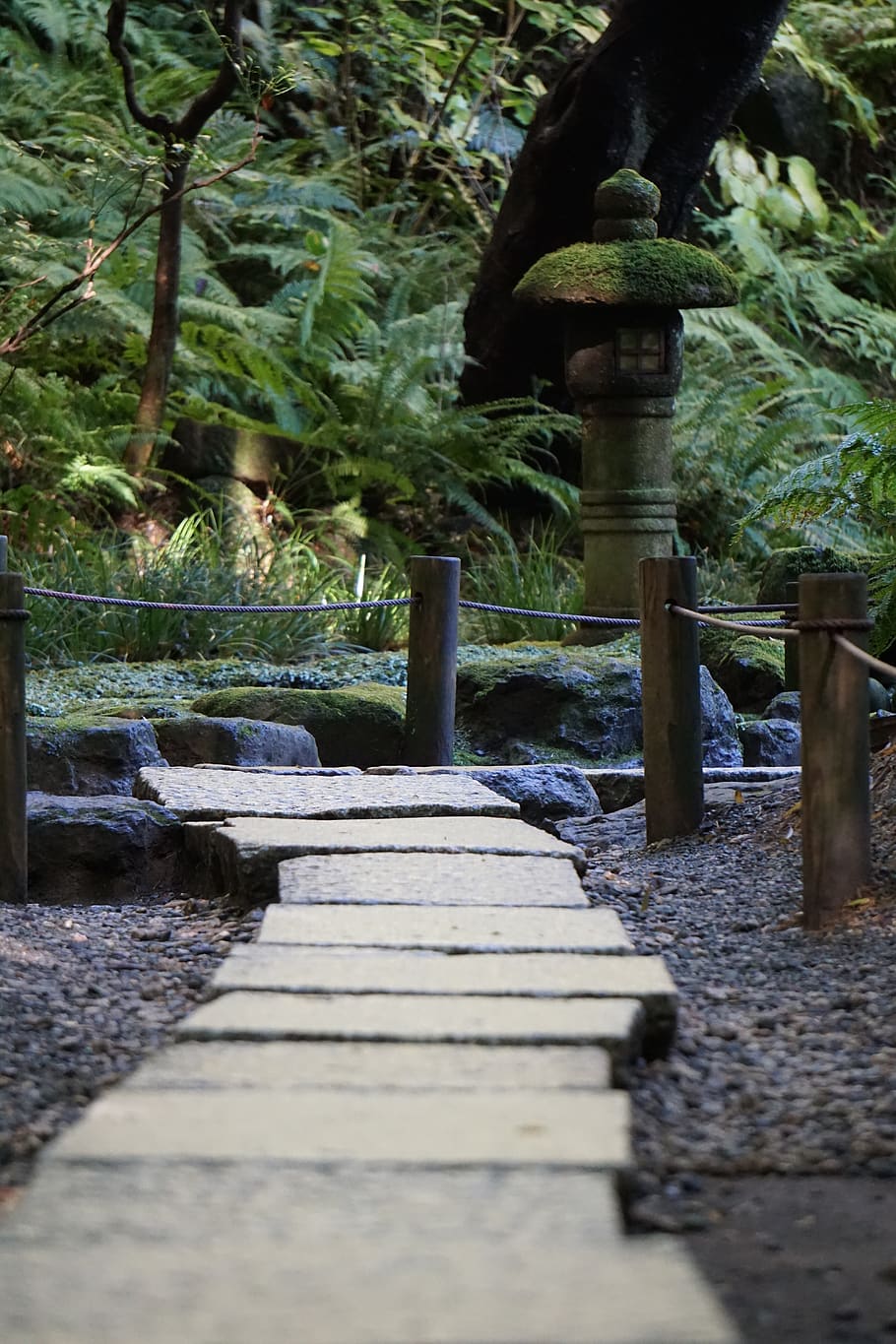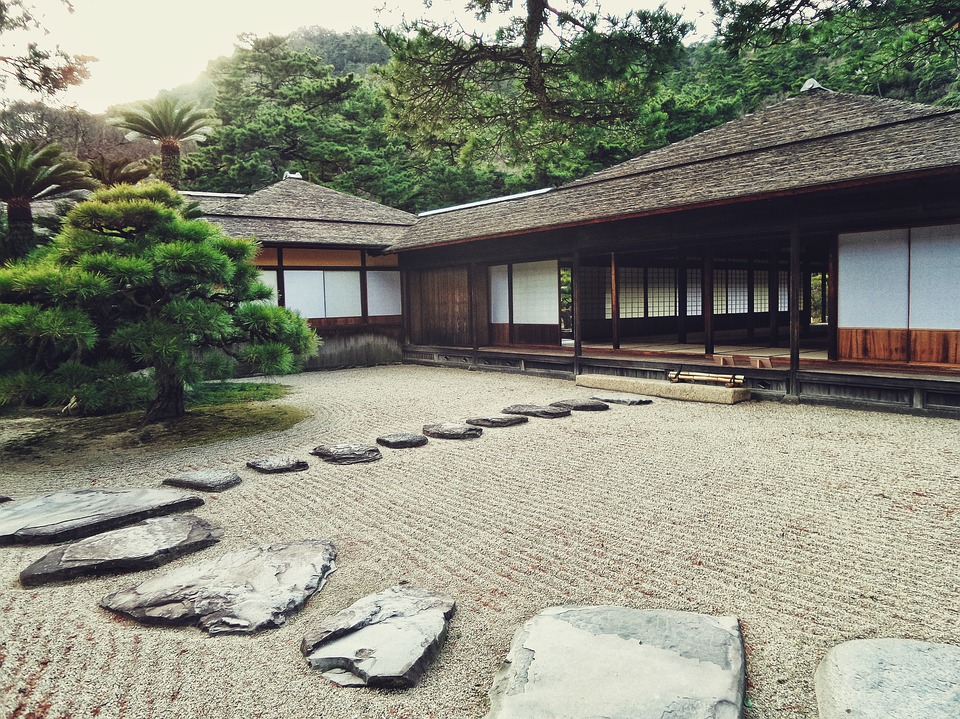
Summary
– The characteristics of the Japanese walkway
– The installation of Japanese walkways
– How much does it cost to construct a Japanese walkway?
The Japanese walkway is not only practical and aesthetic, but also a good solution to create an elegant walkway in a garden. And with the diversity of materials available today, it is no longer reserved only for Zen-inspired gardens. It naturally finds its place in all types of exteriors: from the most traditional to the most contemporary.
The characteristics of the Japanese walkway
Principle
A Japanese walkway is a slab of more or less regular shape and standard size. Count about 30 cm in diameter for a rounded pattern and 35 × 30 × 3 cm for a rectangular pattern. The tiles are laid discontinuously, with varying degrees of spacing and alignment. They create an elegant and unobtrusive circulation without damaging the lawn: the garden is not disfigured and the areas of passage are not worn out by the comings and goings of walkers.
Origin

The Japanese walkway or “Tobi ishi”, which means “flying stones”, has its origins in Asian culture. It is a major component of the Japanese garden. In the respect of tradition, its laying is not random and obeys precise rules. There is not one, but several Japanese walkways offering different styles: strict and geometric (“Shin”), free and natural (“So”), and combining both (“Gyo”).
Materials
Japanese walkways are now available in a wide variety of materials:
– natural stone;
– limestone;
– reconstituted stone;
– granite;
– rot-proof resin;
– moulded concrete;
– wood;
– cast iron;
– slate.
Reconstituted stone is the most widely used: it is very solid and resistance. It is also non-slip (provided it has been treated) and non-freezing and lighter than natural stone.
Slate slabs are most often used in modern gardens, those in cast iron for a romantic atmosphere; those in limestone or granite fit into all types of exteriors.
More original models also exist: increased size, luminescence, customization, everything is possible!
The installation of Japanese walkways
The laying of Japanese walkways on a lawn is very easy. However, it is important to know that the Japanese walkways are installed to direct the pathway and to modulate your walk. The close slabs encourage you to slow down, the distant slabs invite you to walk more freely.
The layout of the path
The Japanese walkways can be arranged to create a winding or straight driveway. For an easy and pleasant walk, the slabs must be placed at the right distance, i.e. between 50 and 60 cm. You can place the steps either in the traffic axis or in staggered rows: staggered by about 15 cm from the axis. The next step is to calculate the number of tiles to be laid.
Good to know: to obtain the right distance between each slab, the measurement must be taken from the middle of the slab.
Tip: Use a garden hose to sketch out the path. This is an excellent solution for visualising your future driveway.
Laying
Once the path has been traced:
1. Place the slabs in the right place and mark the outline of each slab with a spade shovel.
2. Remove the slabs and loosen the ground to a height equal to the thickness of the slab plus 5 cm. For example, if the Japanese step is 3 cm thick, the floor will need to be cut back 8 cm.
3. Place a 5 cm bed of sand in each hole and then place the slab by tapping gently with a hammer. This is to prevent the slab from sinking too deep into the ground over time.
4. Finally, use a stick (broom handle type) to make sure that the slabs do not exceed the level of the lawn, which would hinder the passage of the mower.
What is the cost of a Japanese walkway?
Japanese walkways have become very popular and are now sold in many stores: in supermarkets in the gardening section, in garden centres, in DIY and decoration stores, in shops dedicated to garden design and decoration, and on the Internet where the offer is abundant.
The Japanese “stepper” is sold individually. It is mainly the material that influences its price; then comes the size and design for more elaborate slab models.
Here are a few guidelines, in a range from $5 to $25. Count:
– $5 per unit for a concrete slab;
– $7 per unit for a reconstituted stone slab;
– $9 per unit for a granite slab;
– $12 to $17 a unit for a decorated cast-iron slab;
– $12 to $17 per unit for a slate slab;
– $25 each for a marble slab.
Should you be looking for professionals to create your living heaven in Melbourne, Church Street Garden Service is the place to call both for residential and commercial clients. And, remember to share your experience in the section below.

2 Replies to “How to Install a Japanese Garden Walkway”